This September, the Ministry of Home Affairs will present to the Politburo four key issues to ensure the progress of implementing the two-level local government. Among them, building a framework of job positions at the commune and ward levels is considered a key task, because it is directly linked to the operational efficiency of the apparatus after the reorganization.
Right person, right expertise
The Ministry of Home Affairs has just issued Document No. 7415/BNV - CCVC to the People's Committees of provinces and cities, requesting to focus on implementing plans to ensure personnel at the commune and ward levels - emphasizing the principle of "right person, right job, right expertise". This is not only a technical issue but also a political - administrative foundation for the new model to come into reality.
Minister of Home Affairs Pham Thi Thanh Tra said that the initial phase of restructuring the commune and ward apparatus was still "mechanical", leading to a situation where some places had excess staff and others lacked staff, especially in important areas. After streamlining, the two-level local government has been operating stably, but in the future, it will have to be calculated more scientifically, based on job positions. The Ministry of Home Affairs is finalizing criteria on population, area, and socio -economic scale to determine appropriate staffing levels.

According to the Minister of Home Affairs, the Politburo and the Secretariat have issued Conclusions 183 - KL/TW and 186 - KL/TW, requiring localities to urgently strengthen capacity at the commune and ward levels; review the current situation, transfer staff between communes and wards according to needs; and at the same time supplement the shortage of human resources on the basis of ensuring expertise and professionalism.
According to the orientation, the Ministry of Home Affairs has proposed four implementation methods: transferring civil servants in accordance with reality; signing labor contracts with professionals, prioritizing the fields of information technology, accounting, and land administration; recruiting, selecting, or accepting unused civil servants in the payroll; and enhancing training and education of existing staff, especially in areas requiring high skills.
In particular, the appendix attached to Document 7415 identified 36 job positions at the commune and ward levels - including 8 leadership and management positions and 28 professional and technical positions across the following fields: justice, finance - planning, construction - industry and trade, agriculture - environment, education, culture, health, militia and self-defense forces... This list is considered a "standard framework" for localities to review and supplement personnel, overcoming the local surplus - shortage situation that has existed for many years.
It is noteworthy that this framework is not rigid - it helps ensure consistency in the system while also opening up flexibility for localities to adjust human resources according to practical requirements, not exceeding the assigned quota. This approach clearly shows the orientation: building a streamlined but modern commune and ward apparatus, with sufficient administrative capacity, meeting development requirements in the new context.
Important preparation step
Dr. Nguyen Tien Dinh, former Deputy Minister of Home Affairs, said that in the past, determining job positions was cumbersome, leading to a situation of "one civil servant, one position", a bloated apparatus, and low efficiency.
With the Law on Cadres and Civil Servants 2025, the approach has changed. The Ministry of Home Affairs based on functions and tasks to orient to only 36 positions. The new point is that a civil servant can hold many jobs, or a position can require many people, thereby being both streamlined and practical.
Mr. Dinh proposed that localities should flexibly transfer civil servants between communes and wards; sign contracts with specialized personnel, including those from the private sector. At the same time, continue to recruit unused staff to attract talent. These methods not only reduce the burden on hot areas such as land administration, land, and environment, but also open up new motivation for civil servants at the commune and ward levels.
Mr. Nguyen Quang Dong, Director of the Institute for Policy Studies and Media Development (IPS), emphasized that the job position framework helps to define tasks and avoid overlap, but the staff themselves are the "key" to operating the apparatus. "In the new context, staff must be multi-talented, have solid expertise, be good at one thing but be able to do many other things," Mr. Dong said.
It is the ability to multitask and the sense of responsibility that will determine the success of the two-level local government model - especially at the grassroots level, where people and businesses are directly involved.
The implementation practice over the past two months has shown that many localities, after restructuring their apparatus, have encountered a shortage of personnel in the finance, justice, land administration, construction, etc. departments, but have surpluses in other departments. Without a standard framework for balancing, the performance of local authorities will be affected. The Ministry of Home Affairs' orientation of 36 positions and the promotion of the completion of the Politburo report in September is a timely and fundamental step for apparatus reform.
In the long run, the job position framework is not just an administrative list, but a human resource management tool, a basis for evaluation, training, development, and even a basis for rearranging salary and allowance policies. Each civil servant, when attached to a specific position, will have to take clear responsibility, limiting the situation of working half-heartedly, avoiding or "sitting in the wrong place".
According to Mr. Nguyen Quang Dong, a streamlined commune and ward apparatus with the right people for the right job will improve the efficiency of serving the people, contributing to strengthening society's trust in administrative reform.
This is also an important preparatory step towards building a service-oriented, professional, modern and transparent administrative system.
Sending cadres to localities
Ho Chi Minh City is implementing a plan to mobilize about 900 officials from the Department of Construction to support communes and wards to solve the shortage of human resources for land management and urban order. In the first phase, nearly 900 construction inspectors will be seconded to 168 localities. After that, the city will evaluate the effectiveness to make appropriate adjustments. The next phase will consider transferring these officials to commune and ward level civil servants, contributing to improving the effectiveness of construction order management.
Source: https://baolaocai.vn/de-cong-chuc-khong-ngoi-nham-cho-post881985.html


![[Photo] Panorama of the cable-stayed bridge, the final bottleneck of the Ben Luc-Long Thanh expressway](https://vphoto.vietnam.vn/thumb/1200x675/vietnam/resource/IMAGE/2025/9/30/391fdf21025541d6b2f092e49a17243f)

![[Photo] Solemn opening of the 12th Military Party Congress for the 2025-2030 term](https://vphoto.vietnam.vn/thumb/1200x675/vietnam/resource/IMAGE/2025/9/30/2cd383b3130d41a1a4b5ace0d5eb989d)
![[Photo] President Luong Cuong receives President of the Cuban National Assembly Esteban Lazo Hernandez](https://vphoto.vietnam.vn/thumb/1200x675/vietnam/resource/IMAGE/2025/9/30/4d38932911c24f6ea1936252bd5427fa)

![[Photo] The 1st Congress of Phu Tho Provincial Party Committee, term 2025-2030](https://vphoto.vietnam.vn/thumb/1200x675/vietnam/resource/IMAGE/2025/9/30/1507da06216649bba8a1ce6251816820)
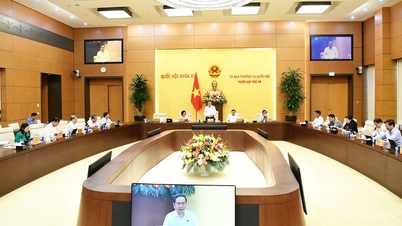

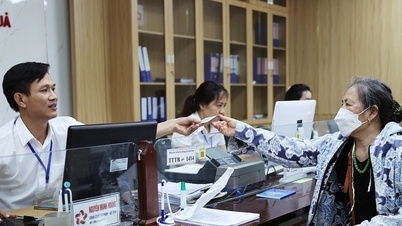







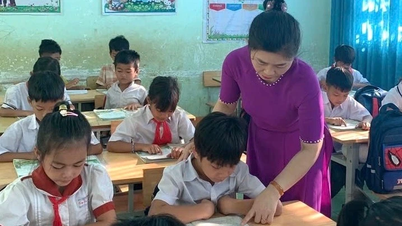









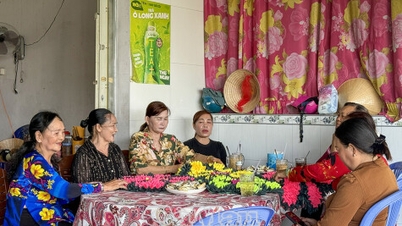









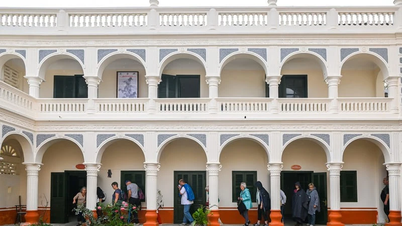
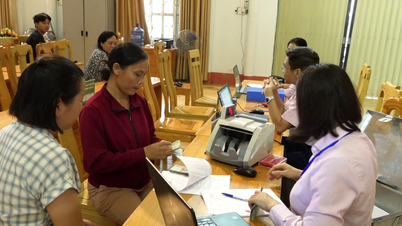
![[Photo] General Secretary To Lam, Secretary of the Central Military Commission attends the 12th Party Congress of the Army](https://vphoto.vietnam.vn/thumb/1200x675/vietnam/resource/IMAGE/2025/9/30/9b63aaa37ddb472ead84e3870a8ae825)


































































Comment (0)